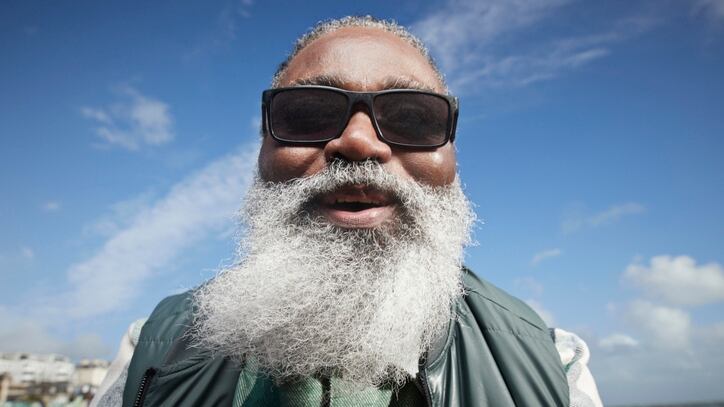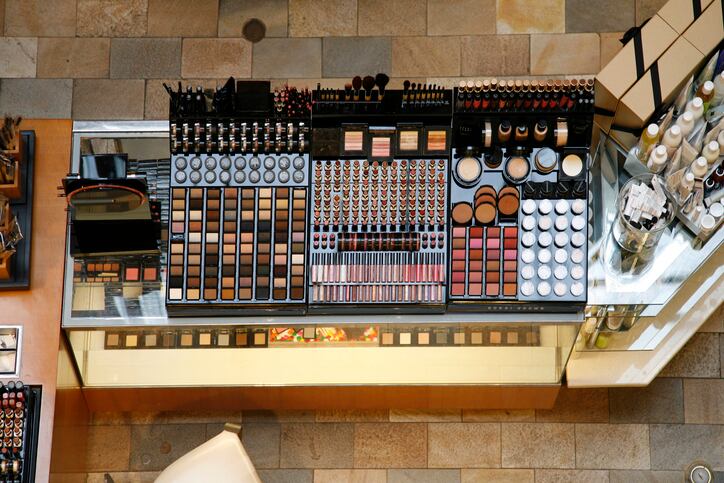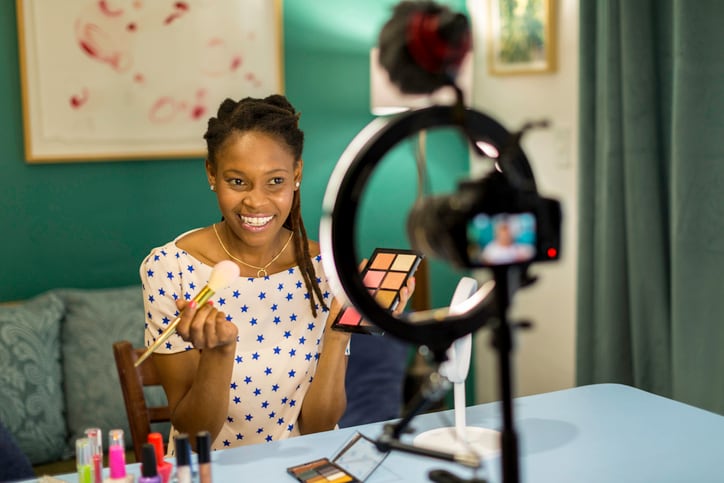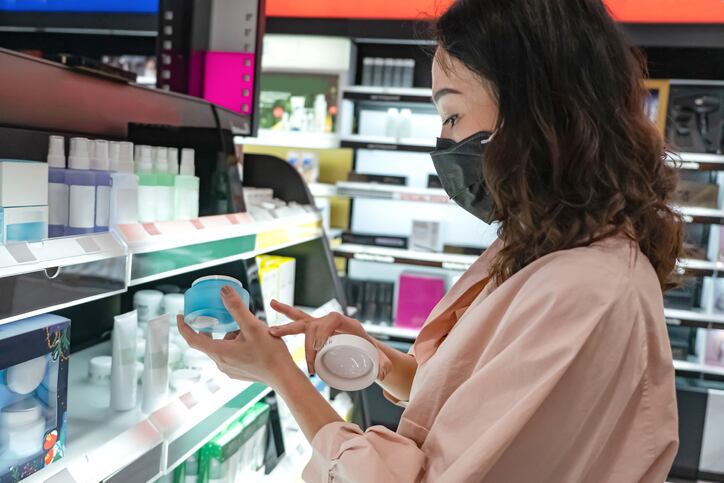Perfect Corp expanded its YouCam Makeup app with a new beard try-on technology which Chief Growth Officer at Perfect Corp Wayne Liu told CosmeticsDesign has applications both in consumer engagement and advancing virtual try-on more broadly.
The company uses its virtual try-on technology both for its own app and in building try-on functions for clients in beauty and personal care, as well as other industries.
Liu said Perfect has always worked in the color cosmetics try-on space, but in recent years the company has been working to improve the technology to both be more accurate and useful in other sectors of personal care.
“A purely augmented reality virtual try-on is not accurate,” Liu said. “We want to do smart try-on. That’s why we invest a lot in AI and very naturally when you get into AI, you try to understand the entire face.”
Starting with a project using machine learning to understand skin in a try-on setting, Perfect moved into using AI to learn about everything from the shoulders up. Soon, Liu said clients started to ask for try-on options for male consumers.
Challenges in building realistic beard try-ons
Liu said there were three main challenges in creating a beard try-on technology that was both accurate and useful for any man regardless of what facial hair was already on his face.
First, the AI has to learn the fundamental attributes of the face, like shape and location of features. With millions of combinations of face shapes and features, that’s the first challenge to creating the beard try-on.
“If you don’t get these attributes, you won't be able to get a very accurate trial,” Liu said. “It would be more like a sticker put on your face, it won't work.”
Next, if a user already has a beard the AI needs to be able to remove it for the technology to be a try-on instead of just a filter.
Last, the try-on needs to be able to replicate the user’s skin condition, beard texture and color while applying the desired beard type to the user's face.
“It's a lot of work from the machine learning perspective,” Liu said. “It's a very fun activation, but it's very complicated from the technical perspective.”
Use cases for try-on and advancement for try-on technology
Liu said the new technology has use cases for brands both from an engagement and functional standpoint. For some brands, the technology could serve as a fun route to engagement, like with Major League Baseball's Mustache May.
But for the male personal care sector, Liu said the beard try-on could be a functional tool. Because facial hair can take a long time to grow, the try-on could allow consumers to engage with beard styling and shaving products with mitigated risks to their look.
Some of Perfect Corp’s clients are also using the technology for products like beard dye.
In the broader landscape of virtual try-on, the smart beard try-on can serve as a proof of concept for using machine learning technology in try-ons and to understand the face.
Liu said Perfect Corp used a generative adversarial network, or GAN, to create the try-on, essentially meaning two computers were pitted against each other to create more realistic try-ons until the computers couldn’t tell the difference between a real and generated image.
“Once we start using these very advanced AI, machine technologies in virtual try-on, the sky's the limit,” Liu said. “This technology is opening up a door for the new virtual try-on.”




